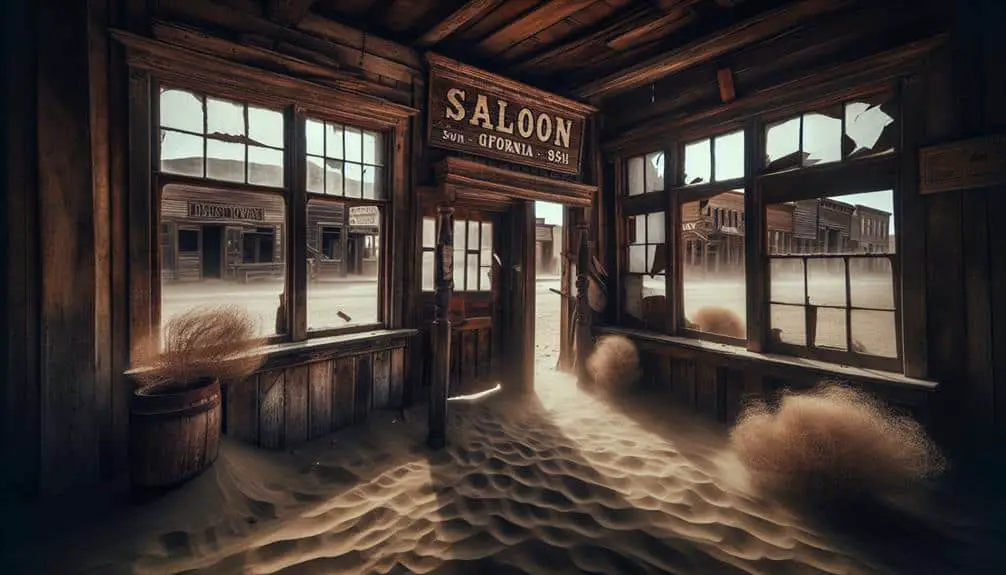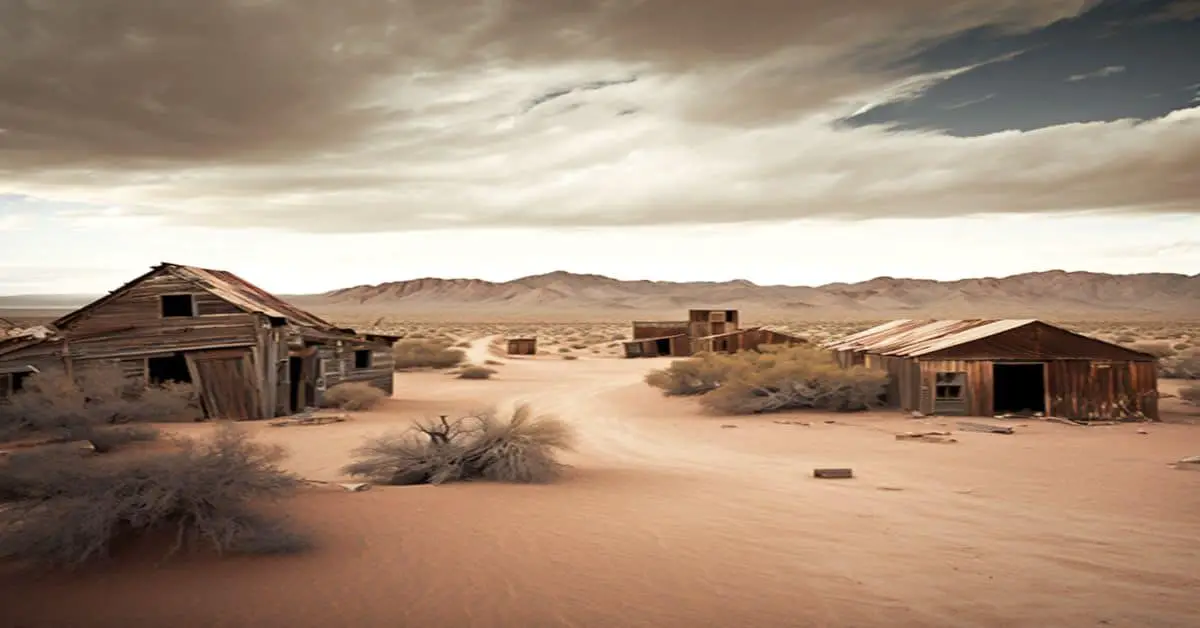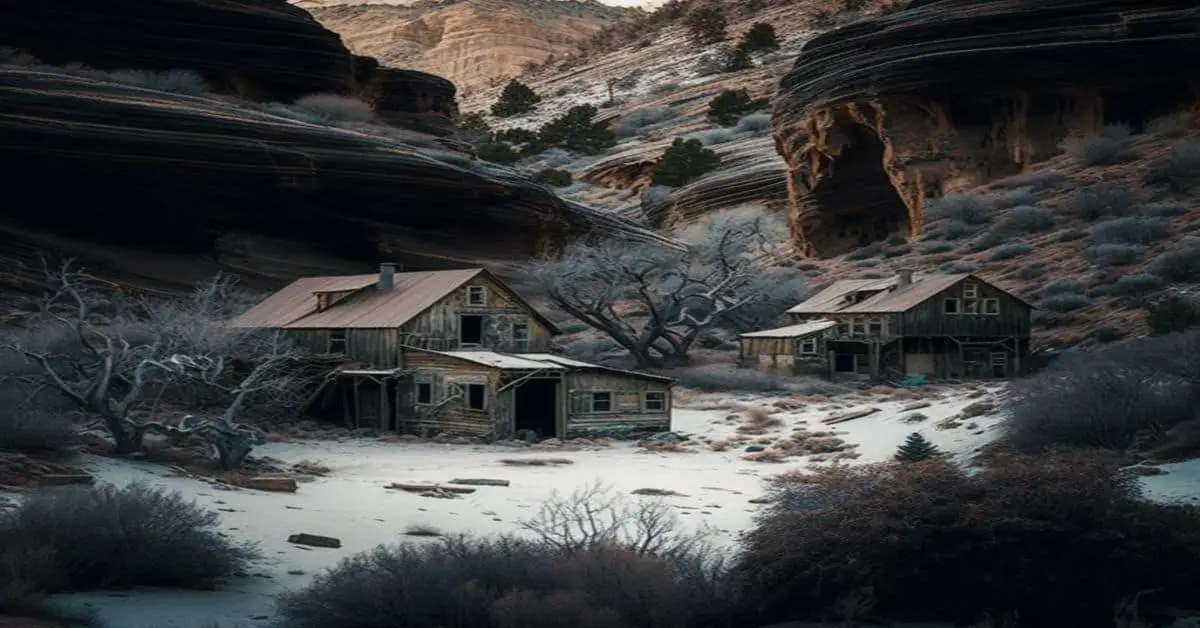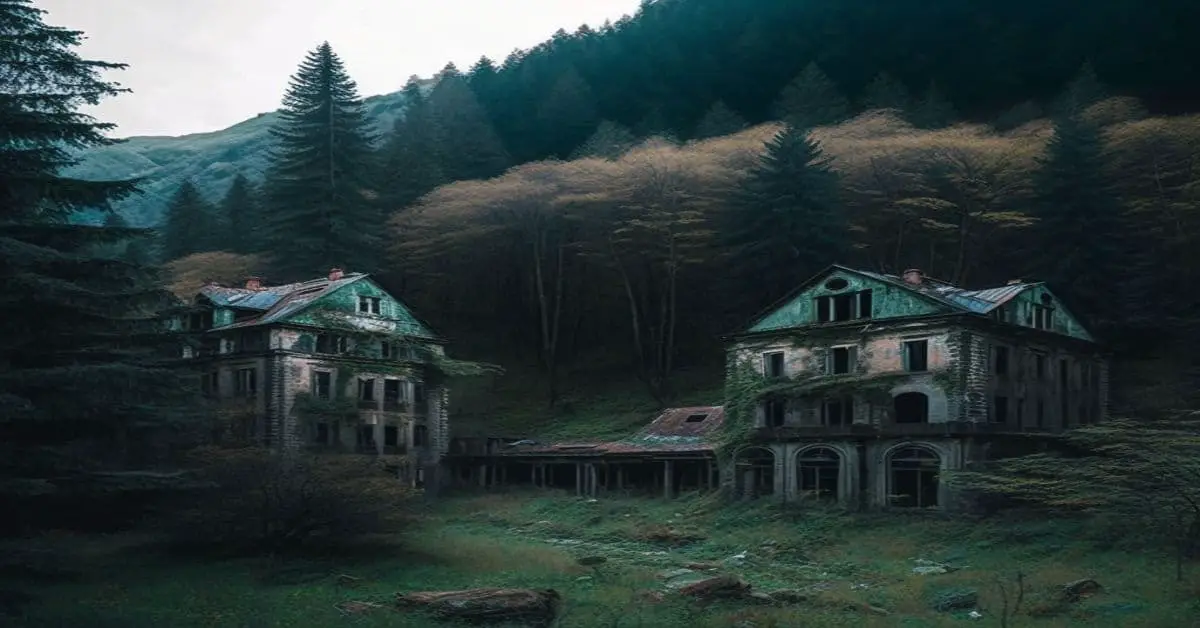California Gold Rush ghost towns vanished due to economic shifts, resource depletion, and natural disasters. The initial boom led to rapid fortunes, then rapid declines. Abandoned structures stood as echoes of past dreams, reflecting the transient nature of wealth. Depleted resources, economic decline, and lack of infrastructure maintenance accelerated their demise. Shifts in economic activities and changing demographics drew people away, leaving neglected towns in decline. Natural disasters like wildfires and earthquakes exacerbated challenges. Understanding these complex factors sheds light on why these once vibrant settlements disappeared.
Key Points
- Depleted resources led to economic decline and unemployment.
- Shift from mining to other economic activities caused towns to disappear.
- Natural disasters like wildfires and earthquakes posed significant threats.
- Urbanization and changing demographics drew residents to urban centers.
- Neglected infrastructure and lack of services contributed to ghost towns' demise.
Initial Boom and Bust Cycle
During the initial boom and bust cycle of California Gold Rush ghost towns, fortunes were made and lost in a whirlwind of excitement and despair. As quickly as people flocked to these towns in search of riches, they just as rapidly left when the resources dwindled. The decline of population in these once-thriving communities was stark, with bustling streets turning into empty pathways. Abandoned structures stood as silent reminders of the dreams that once filled the hearts of those who sought their fortune in these now desolate towns.
The allure of gold brought prospectors from far and wide, creating a temporary boom in these settlements. However, as the gold reserves were depleted, the once vibrant towns emptied out, leaving behind a ghostly shell of what once was. The decline of population was a harsh reality for those who'd hoped to strike it rich, only to be met with the harsh truth of a finite resource. The abandoned structures now serve as a proof to the transitory nature of wealth and the fleeting glory of the Gold Rush era.
Impact of Depleted Resources
As the gold reserves dwindled in these bustling settlements of the California Gold Rush era, the impact of depleted resources became increasingly evident in the ghost towns' deserted streets and abandoned structures. With the once-rich veins of gold running dry, the economic decline in these towns was palpable. Businesses that relied on the gold rush saw a sharp downturn, leading to widespread unemployment and financial hardship among the residents. The sudden halt in prosperity also meant a rapid decline in infrastructure maintenance, resulting in the deterioration of buildings and roads.
Moreover, the environmental degradation caused by the extensive mining activities further exacerbated the challenges faced by these communities. The once-pristine landscapes were scarred by mining pits, deforestation, and pollution from mining chemicals, leaving a lasting mark on the natural surroundings. As resources depleted, the lack of new economic opportunities and the adverse environmental impacts made it increasingly unsustainable for people to continue living in these ghost towns, ultimately contributing to their disappearance from the map.
Shift in Economic Activities
The California Gold Rush ghost towns witnessed a significant transformation as economic activities shifted away from mining towards alternative industries. Following the decline in gold mining, many towns experienced an agricultural decline due to unsustainable farming practices and soil exhaustion from intense cultivation. The once bustling mining towns had to adapt to survive, leading to a shift towards different economic activities.
During this period, the industrial revolution played a pivotal role in shaping the economy of these ghost towns. As industries started to mechanize and expand, new opportunities emerged for the residents. Some towns began to focus on manufacturing goods, while others evolved into transportation hubs or trade centers to cater to the growing needs of the industrializing society.
This shift in economic activities not only helped revive some of the ghost towns but also contributed to the development of new urban centers in California. The resilience and adaptability of the people in these towns showcase the spirit of innovation and progress that characterized the post-Gold Rush era.
Natural Disasters and Fires
The aftermath of these economic shifts saw California Gold Rush ghost towns facing the harsh reality of natural disasters and devastating fires altering their landscape and prospects for recovery. Wildfire destruction became a significant threat to these already struggling communities. The dry climate and vast expanses of forests in California provided ample fuel for fires, leading to widespread destruction that further crippled the towns. The wildfires not only destroyed buildings and infrastructure but also decimated the surrounding natural resources, making it even harder for the towns to sustain themselves.
Moreover, the looming threat of earthquakes added to the woes of these ghost towns. The earthquake aftermath often left already weakened structures in ruins, making rebuilding efforts a challenging task. The combination of wildfire devastation and earthquake risks created an environment of uncertainty and danger, driving away residents and investors who were essential for the towns' survival. These natural disasters, compounded by economic challenges, played a significant role in the disappearance of California Gold Rush ghost towns.
Urbanization and Changing Demographics
Amidst the evolving landscape of California Gold Rush ghost towns, you witness a profound shift driven by urbanization and changing demographics. As these once bustling towns transformed into shadows of their former selves, the forces of gentrification and population growth played significant roles in reshaping their destinies.
- Gentrification: The influx of wealthier residents led to the revitalization of certain areas, causing a clash between preserving historical authenticity and modern development.
- Population Growth: The increasing number of inhabitants in nearby cities drew resources and attention away from the ghost towns, contributing to their decline.
- Changing Demographics: Shifting cultural and socioeconomic dynamics altered the fabric of these towns, leading to a loss of community identity and cohesion.
- Economic Opportunities: The allure of urban centers offering more job prospects and amenities drew residents away from the isolated ghost towns.
- Infrastructure Development: Investments in infrastructure in urban areas left the ghost towns neglected, lacking essential services and connectivity that modern residents seek.
Frequently Asked Questions
What Role Did the Federal Government Play in the Decline of California Gold Rush Ghost Towns?
Government intervention during the decline of California Gold Rush ghost towns was significant. Economic decline led to many towns becoming deserted as federal support waned. The lack of resources and opportunity contributed to their ultimate vanishing.
How Did Advancements in Transportation Contribute to the Disappearance of These Ghost Towns?
As the railroads expanded and mining techniques evolved, the ease of transporting resources increased. This led to the decline of ghost towns as miners moved to more accessible areas, seeking better opportunities.
Were There Any Efforts to Preserve or Revitalize These Abandoned Towns in Later Years?
Preservation efforts were sporadic, with some towns restored for historical significance. Economic revitalization initiatives struggled due to remote locations and lack of resources. Despite challenges, a few ghost towns found new life through tourism ventures.
What Impact Did the Decline of the Gold Rush Ghost Towns Have on the Environment and Surrounding Ecosystems?
The decline of Gold Rush ghost towns had a significant impact on the environment and surrounding ecosystems. Abandoned mines, deforestation, and pollution harmed wildlife and water sources. Conservation and restoration efforts later aimed to mitigate these damages.
How Did the Disappearance of These Towns Affect the Local Indigenous Populations in California?
When the Gold Rush ghost towns vanished, the impact on culture and Indigenous relations was profound. Indigenous populations faced displacement, loss of resources, and cultural disruption. The disappearance of these towns altered their way of life to a great extent.



